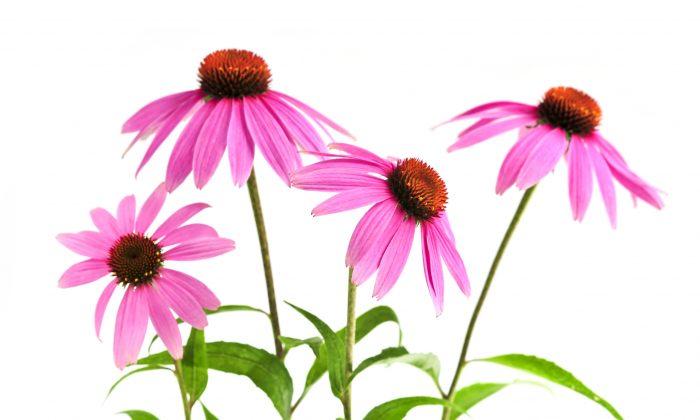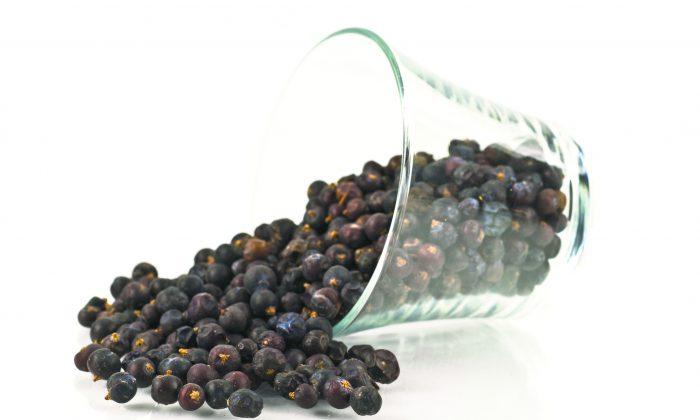Angelica (Angelica archangelica) is an herb native to the cold climes of northern Europe, as far north as Lapland and Iceland and extending south as far as Germany, as well as parts of Asia and North America.
The plant can be counted among the oldest of the known herbs and has been cultivated for commercial and medicinal purposes from ancient times right up to the present day.
The herb has quite a unique makeup. It is found to contain carotene, which is used by the liver to produce vitamin A; valeric acid, which has a calming effect on the nerves; and plant steroids, which are supportive of the processes of the immune system. It also contains pectin, an essential enzyme for the easy digestion of food, and about 5 percent copper salts.
An Ancient Remedy
Although not often used by modern herbalists, angelica has been considered one of the most powerfully protective medicinal herbs for most of recorded history. Its name refers to the supposedly angelic healing properties of its leaves.
In Europe, angelica blooms around May 8, the day of Michael the Archangel, and legend has it that an angel appeared to a monk and revealed angelica as a cure for the plague. Other legends also associate the herb with visions of the Archangel Gabriel and the Archangel Rafael.
Traded throughout the world by the Norwegians since the 14th century and widely used on the continent, it was introduced into England in the 16th century and was extensively used as protection against the plague and also as a cure after infection had taken place.
It was one of the ingredients in an herbal brew known as the “four thieves vinegar,” which supposedly gave immunity to four men who stole from the bodies of those who had died from the plague.
Angelica’s curative properties were held in such high regard that it was also given the name “the root of the Holy Ghost.” However, its use far predates the introduction of Christianity to Europe, and its inclusion in ancient pagan spring festivals is well-recorded.
Indeed, all the folklores of the northern European cultures considered angelica to be the supreme remedy against poisons, contagious diseases, and those rheumatic conditions, coughs, and colds prevalent in chilly northern climates.
For the Sami cultures of northern Scandinavia, angelica had always been an important vegetable as well as a medicine. Angelica root could be dried and stored for use throughout winter. As the first edible plant that appeared after a long, harsh winter it was particularly helpful in aiding digestion of the Samis’ largely meat-based diet and curing any associated stomach problems.
Modern Uses
In herbal practice, I use angelica much as it was used historically, to help the patient feel better and to recover more quickly from colds and flu. Taken as a cup of tea, it has a sweet and pleasantly mild taste that can also be enjoyed by children. When taken as such, it becomes a valuable general tonic that aids digestion and is mildly antispasmodic.
Angelica has been traditionally used since ancient times as a flavoring for honey, essential oils, as well as confectionery, wines, and liqueurs, with most of today’s production being for the liqueurs Chartreuse and Benedictine as well as Vermouth and varieties of gin.
The essential oil that is extracted from the root tip of angelica is highly prized by the perfume industry in Paris and Cologne due to its unique scent, which is present in all parts of the plant.
Angelica is a worthy addition to any modern garden. If not for its value as a remedy for the common cold and the odd upset stomach, you may include it in your garden for its striking bright-green foliage, beautifully dramatic flowers, and a scent that has been described as “strong and fragrant, aromatic, with a touch of oranges.”
Luke Hughes is a classical Western herbalist and horticulturalist based in Sydney, Australia.



